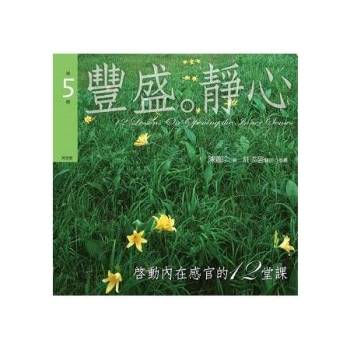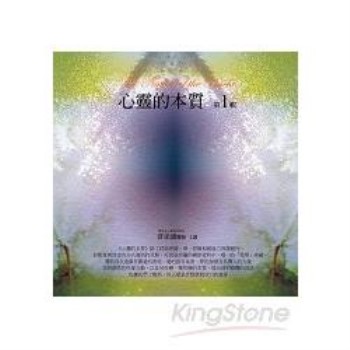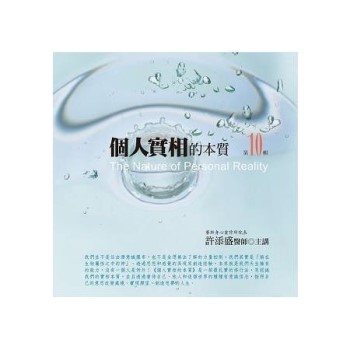INTRODUCTION: IT is a generation since a dictionary of explosives has been published, and, in the meantime, many new explosives have been introduced. It is hoped, therefore, thatthis small volume, giving concise information about these special materials, may prove useful to those who have to deal with them. In Cundill and Thomsons Dictionary of Explosives, issued in 1895, there are many entries of the names of inventors and of mixtures which had been proposed but have never been used commercially, nor are likely to be. As modern explosives were then in their infancy, it was no doubt wise to insert all the available information whether it appeared to be important or not but now it seems to me better to restrict the scope of the dictionary so as to keep its size within moderate limits. Practically only explosives with special or proprietary names are therefore dealt with here. For information concerning chemical substances, such as the nitro-toluenes and other nitro -compounds, reference should be made to the text-books on explosives and chemistry. A few words may, however, be said here about the nitro - celluloses. These are made by treating cellulose with a mixture of nitric and sulphuric acids, and then purifying the product by washing it thoroughly with hot water. The variety of cellulose most used for this purpose is cotton, and the product obtained from it is frequently called nitrocotton, three special varieties of which are collodion cotton, pyrocollodion and guncotton q. r.. The only other form of cellulose which is nitrated on a commercial scale is chemical cellulose obtained by the treatment of wood or straw. Nitrated wood cellulose has long been used fo r the manufacture of smokeless powders for shot-guns, and during the War the Germans made powders for rifled fire-arms from it. No trouble has been spared to make the dictionary com- plete and accurate, but there must inevitably be omissions and errors in it, especially as regards the explosives of foreign countries. The author will be grateful for any additional information that may be sent him. Explosives may be classified in various ways, according to the purpose of the classification, but the great majority of them fall naturally into two main divisions propellants and high explosives. Propellants explode comparatively slowly, and are used to propel projectiles from fire-arms. High explosives are much more rapid in their action, and are used for bursting and shattering. Propellants are of two sorts, according as they are intended for use in shot-guns or rifled fire-arms. Those for shot-guns burn more rapidly than those for the latter, but both practically always contain a considerable proportion of nitrocellulose, gelatinised by means of such solvents as acetone or ether-alcohol, according as it is of high or low nitration. Some contain also nitroglycerine, and are then called nitroglycerine powders, whereas those that do not contain this substance are termed nitrocellulose powders. Many powders also contain other ingredients, as may be seen from the compositions given in this dictionary. Of high explosives an important class is used for charging shells and bombs. As a rule, but not necessarily, these are not the same as the explosives used for mining operations and other general blasting purposes. Another important class is that of the coal-mine explosives, which are designed to give only a short and comparatively cool flame so as to diminish the danger of igniting fire-damp and coal-dust. Nearly half the explosives in this dictionary are coal-mine explosives. The reason for this large number is that no finality has yet been reached as to the best and safest explosives to use in coal mines...
| FindBook |
有 1 項符合
Dictionary of Explosives的圖書 |
 |
Dictionary of Explosives 作者:Marshall 出版社:Furnas Press 出版日期:2008-11-04 語言:英文 規格:精裝 / 180頁 / 21.6 x 14 x 1.5 cm / 普通級 |
| 圖書館借閱 |
| 國家圖書館 | 全國圖書書目資訊網 | 國立公共資訊圖書館 | 電子書服務平台 | MetaCat 跨館整合查詢 |
| 臺北市立圖書館 | 新北市立圖書館 | 基隆市公共圖書館 | 桃園市立圖書館 | 新竹縣公共圖書館 |
| 苗栗縣立圖書館 | 臺中市立圖書館 | 彰化縣公共圖書館 | 南投縣文化局 | 雲林縣公共圖書館 |
| 嘉義縣圖書館 | 臺南市立圖書館 | 高雄市立圖書館 | 屏東縣公共圖書館 | 宜蘭縣公共圖書館 |
| 花蓮縣文化局 | 臺東縣文化處 |
|
|
圖書介紹 - 資料來源:博客來 評分:
圖書名稱:Dictionary of Explosives
|











